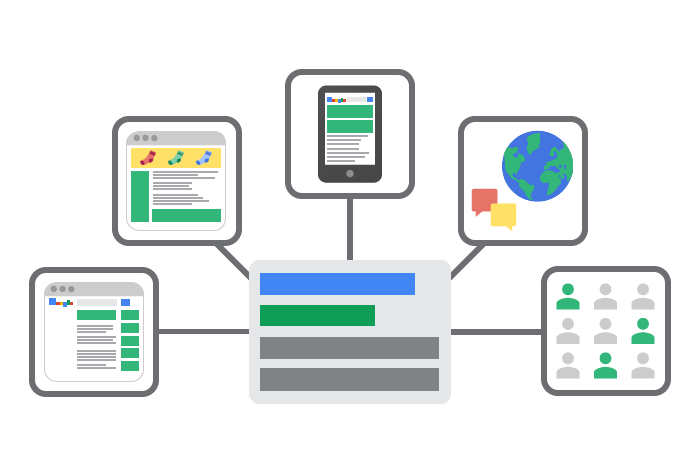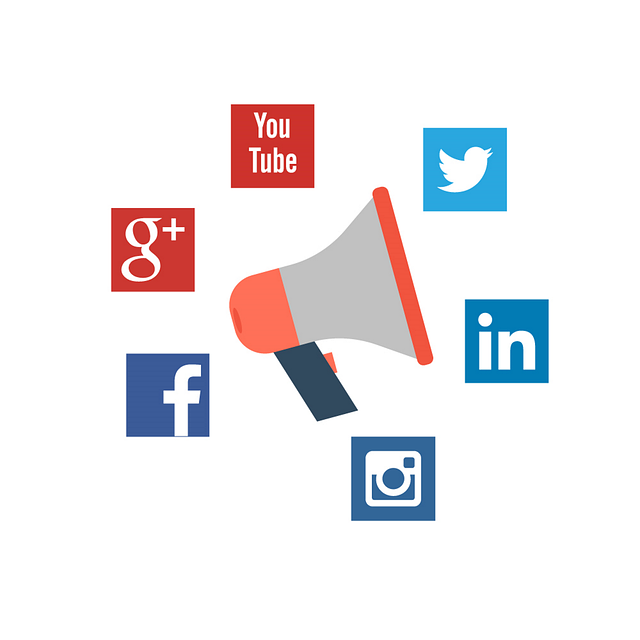
Ad free radio is an amazing feature that allows you to listen to your favorite tunes without having to deal with commercials. It allows you to discover new music as well as old favorites. A few of the most popular online radio station services might be familiar to you if you're a regular music listener. Here are some.
Rhapsody. Rhapsody offers an internet radio service that is ad free. The site has more than 30 million songs. For users who are interested in trying out the radio service, they offer a 14-day complimentary trial. You can also get a Premier plan, which costs $4 per months. Their iPhone app is also free and offers ad-free streaming.
TuneIn - TuneIn is a popular adfree radio service that offers many radio stations and other features. TuneIn has over 100 000 stations and live broadcasts from around the globe. Live broadcasts of games from various leagues and teams, including the NFL, NHL and MLB, can be viewed on the company's website. A subscription gives you access to on-demand tracks as well as a library audiobooks.

Pandora: While not as well-known than Spotify and Rhapsody's, Pandora's adfree service is a must-have for music lovers. The radio stations let users skip tracks as well as view upcoming songs. You can also jump to the song from the playlist. Even better, they have over 12 million individual sound tracks that you can download for free. The paid options, however, are a bit more impressive.
Milk: This ad-free radio station has more than 200 stations. It is powered via the Slacker radio program and is accessible on Samsung Galaxy devices. Plus, it has 13 million songs in its catalog. You can also create your own playlists, and listen online. A limited-time promotion is available: $1 per Month for the first 3 months.
Ida Radio - This online radio service provides many ad-free programs. You can also enjoy the large directory and high resolution versions of their titles. The webradio feature highlights their top tracks and shows the names of their programmers.
The Sonos Sound System: Sonos offers a fantastic ad-free streaming radio service. Its shows are recorded at Sonos' New York City store. Each episode contains behind-the-scenes footage as well as rediscovered and new music. The podcasts will continue to be available, but they will also introduce a new show called Object of Sound. All major podcast platforms will be able to download the podcast.

Apple Music: iTunes Radio will no longer be available in the United States as a complimentary option. Apple Music subscriptions are required to access all other features.
FAQ
What is an advert buyer?
An advertiser purchases advertising space on TV, radio or print media.
Advertisers are paid for the time that their message will appear.
They don't necessarily want the best ad, but they are more interested in what is most effective at reaching their target audience.
An advertiser might have details about potential customers, including their age, gender and income.
This information can be used by advertisers to decide which media works best for them. They might decide direct mail is more effective for older people.
Advertisers also evaluate the competition. Advertisers may choose to place ads near competitors if there are similar businesses in the area.
In addition, advertisers consider the size of their budget and the amount of time they have to spend their money before it expires.
What is advertising's basic purpose?
Advertising isn't just about selling products. It's also about creating an emotional connection among your customers and you.
Advertising is about communicating values and ideas to people who are interested in your products or services. Advertising is about changing minds and attitudes. It's also about creating relationships.
It's all about helping people feel good.
If you don't understand your customers' needs, you can't market to them.
It is essential to first understand the needs and purchasing habits of your customer before you embark on any advertising project.
Then, you can create ads that resonate.
Is there a way for me to get free traffic?
Free Traffic refers to the traffic that comes directly from organic search results without paying for ads. This traffic is known as natural or organic traffic. You can get traffic free of charge by using article marketing, social media marketing and blogging.
Article Marketing is one way to get free traffic. Paying for ads is often more expensive than CPC. Article marketing is also known as content marketing.
Social Media Marketing - Social media sites like Facebook, Twitter, and LinkedIn allow you to promote your business through advertising. These platforms are great for sharing updates, sharing photos, and building relationships with potential clients. Many businesses opt to purchase ad space on social networks because they want to reach a larger audience for a more affordable price.
Blogging - Another great way to generate traffic is blogging. If you create quality content that people love to read, visitors will find you. After you attract visitors to your blog, you can make money by selling products or other services.
Email Marketing – Although email marketing was around long before the internet, it's still one of most effective ways to drive website traffic. Regular email marketing is a great strategy to increase your subscribers and ultimately sell something.
Advertising what is it?
Advertising is an artistic art form. Advertising isn't just about selling products. It's about making emotional connections between people, brands, and each other.
Advertising is about storytelling and using images to communicate ideas.
Communication must be clear and persuasive. Your target market should be able to relate to the story you tell.
Advertising is different than other communication methods, such as writing or public speaking.
When you create a winning ad campaign, it is creating your brand identity.
This is how you are memorable. You will be remembered by others.
What do you need information about print advertising
Print advertising is a good medium to communicate effectively with consumers. Many companies use print advertising to promote their products. The goal is to get the consumer's attention.
Print ads are usually one page in length and can include text, images and logos. They can also include sound and animation as well video and hyperlinks.
The following are the main types print advertisements:
1. Brochures are large-format printed materials that are designed to draw people into shops. Brochures can often be adorned with brightly colored images and eye-catching designs.
2. Catalogues: These are smaller versions or brochures. These are usually sent to customers who request information about specific items.
3. Flyers – These are small pieces made of paper that are distributed at events, such as fairs or concerts. They can be given at retail outlets but must be paid for.
4. Posters – These are larger versions than flyers. They are displayed on walls, fences, and buildings. They are created by computer software programs in order to grab passersby's eyes.
5. Direct mail - These are letters or postcards that are sent directly to potential customers. These are sent out by companies to remind customers about their business.
6. Newspaper ads - These ads are published in magazines and newspapers. These are typically quite long and often contain text as well images.
Radio advertising: What are your options?
It is important that you understand the differences between media. Remember that all media types are complementary, not competing.
Radio is best utilized as an extension to TV advertising. It can reinforce key messages and provide additional information.
For radio listeners, TV commercials can often be too long. Radio ads are usually shorter and less expensive.
What do you need to know about internet advertising?
Internet advertising is an important part of any business strategy today. It helps companies reach potential customers at a low cost. There are many kinds of internet advertising. Some advertising is free and others are paid.
There are several options for advertising on the internet. These include banner ads, pop-up advertisements, search engine optimization (SEO), PPC (pay-per-click) advertisements, social media and mobile marketing. Each method offers its own advantages and disadvantages.
Statistics
- Nonetheless, advertising spending as a share of GDP was slightly lower – about 2.4 percent. (en.wikipedia.org)
- It collects money from the advertisers, keeps 32% for its role in facilitating the process, and the remaining 68% goes to the publisher (you). (quicksprout.com)
- Worldwide spending on advertising in 2015 amounted to an estimated US$529.43 billion. (en.wikipedia.org)
- It's 100% reliant on your website traffic. (quicksprout.com)
External Links
How To
How to run paid advertisements
Paid advertising refers to any marketing activity where you pay money for something. This could be purchasing advertising space on the internet, placing ads in newspapers and magazines, as well as paying someone to promote you business online. You can also pay for paid advertising through email marketing, social media, display advertising and search engine optimization (SEO), as well as mobile app promotion and influencer marketing.
It is important to understand the costs of your campaign as well as the results you are expecting. It is also important to determine if you will get enough return on your investment (ROI).
Before starting a paid advertising campaign, you first need to determine if your product or service has potential customers who would benefit from your products or services. If you do not know, you can begin with free advertising by posting flyers in your neighborhood, making announcements to schools or sharing your message on social networks.
Once you have identified your target audience, it is possible to decide which way to reach them. Advertising in classifieds in local newspapers is a good way to advertise if you sell organic food. You might also advertise on radio or TV if your product is cosmetics.
After deciding who you want your message to reach, determine how much you can spend. There are many methods to calculate your budget. Another way is to divide your total budget into daily and weekly, monthly, quarter-yearly, quarterly, or annual amounts. To make it easier, you can use a spreadsheet program.